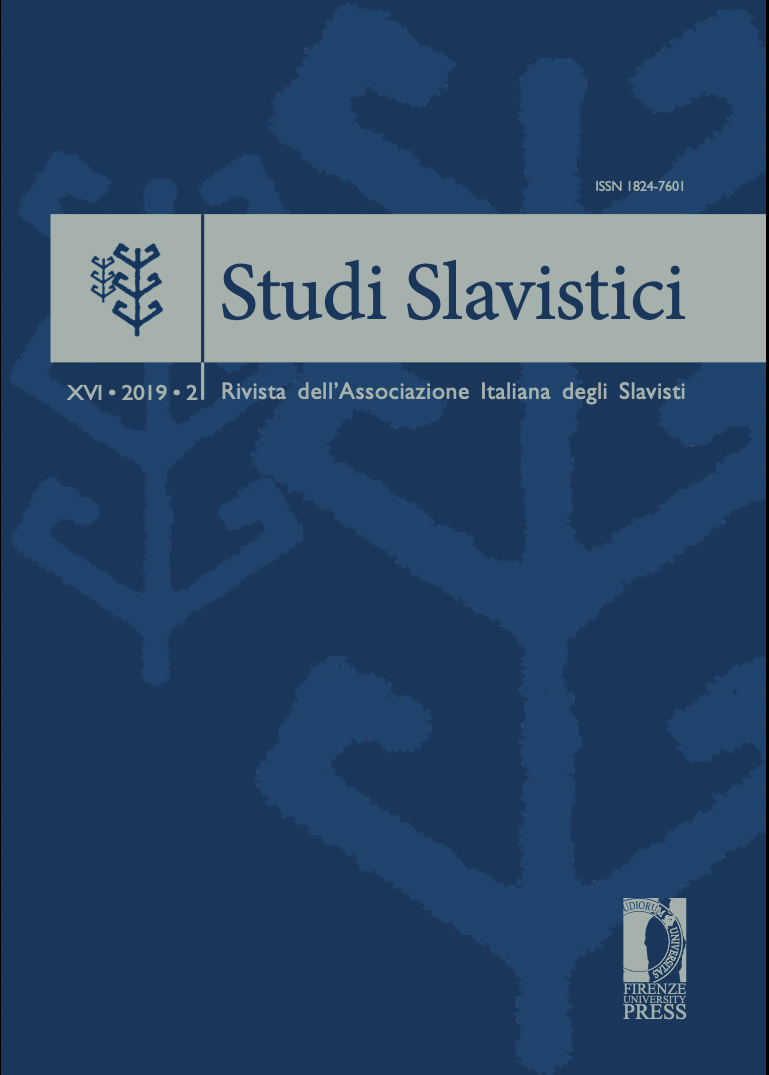Abstract
The article examines the text of the biblical book of Exodus through the seven extant South Slavonic full copies of the 15th and 16th c. deriving from a common ancient protograph. The ancient nature of the latter is attested by the preserved Glagolitic traces both in liturgical and nonliturgical parts of these manuscripts as well as by numerous archaic linguistic features. At the same time, certain morpho-syntactic and especially lexical peculiarities indicate the connection of the examined manuscripts with texts translated or revised in Preslav. It is shown that the South Slavonic tradition of the Book of Exodus is not uniform. The manuscripts are clearly divided into two groups: of Wallachian-Moldavian origin and Western Bulgarian and Serbian. In a number of linguistic and textual features the manuscripts from both groups are very similar. At the same time, there are also significant differences between them. On the one hand they relate to the segmentation of the text and on the other to a number of different readings.


